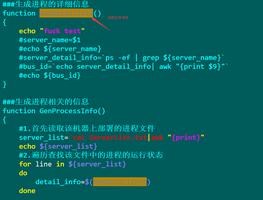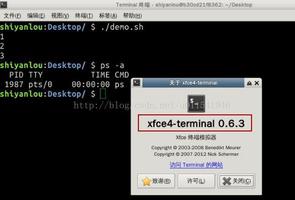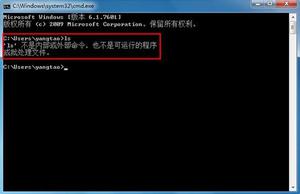在Powershell中模拟`ls`
我试图在PowerShell中获得类似UNIX ls输出的内容。这是越来越有:在Powershell中模拟`ls`
Get-ChildItem | Format-Wide -AutoSize -Property Name 但它仍然输出中的各项行为主,而不是列优先的顺序:
PS C:\Users\Mark Reed> Get-ChildItem | Format-Wide -AutoSize -Property Name Contacts Desktop Documents Downloads Favorites
Links Music Pictures Saved Games
Searches Videos
所需的输出:
PS C:\Users\Mark Reed> My-List-Files Contacts Downloads Music Searches
Desktop Favorites Pictures Videos
Documents Links Saved Games
的区别在于排序:1 2 3 4 5/6 7 8 9读取整个行,vs 1/2/3 4/5/6 7/8/9读取列。
我已经有了一个脚本,它将采用一个数组并使用Write-Host以列主要的顺序将其打印出来,尽管我通过阅读Keith和Roman的作品发现了很多PowerShellish的惯用改进。但是从阅读我的印象是这是错误的方式。而不是调用Write-Host,脚本应输出对象,并让格式化器和输出器负责将正确的东西写入用户控制台。
当脚本使用Write-Host时,其输出不可捕捉;如果我将结果赋值给一个变量,我会得到一个空变量,然后将输出写入屏幕。它就像是一条直接写入/dev/tty而不是标准输出甚至标准错误的UNIX管道中间的命令。
无可否认,我可能无法用Microsoft.PowerShell.Commands.Internal.Format这个数组做很多事情。 Format-Wide,但至少它包含输出,它不会以流氓风格显示在我的屏幕上,而且我可以随时通过将阵列传递给另一个格式化器或输出器来重新创建该输出。
回答:
这是一个简单的ish函数,用于设置列主要的格式。您可以在PowerShell脚本中执行以下操作:
function Format-WideColMajor { [CmdletBinding()]
param(
[Parameter(ValueFromPipeline)]
[AllowNull()]
[AllowEmptyString()]
[PSObject]
$InputObject,
[Parameter()]
$Property
)
begin {
$list = new-object System.Collections.Generic.List[PSObject]
}
process {
$list.Add($InputObject)
}
end {
if ($Property) {
$output = $list | Foreach {"$($_.$Property)"}
}
else {
$output = $list | Foreach {"$_"}
}
$conWidth = $Host.UI.RawUI.BufferSize.Width - 1
$maxLen = ($output | Measure-Object -Property Length -Maximum).Maximum
$colWidth = $maxLen + 1
$numCols = [Math]::Floor($conWidth/$colWidth)
$numRows = [Math]::Ceiling($output.Count/$numCols)
for ($i=0; $i -lt $numRows; $i++) {
$line = ""
for ($j = 0; $j -lt $numCols; $j++) {
$item = $output[$i + ($j * $numRows)]
$line += "$item$(' ' * ($colWidth - $item.Length))"
}
$line
}
}
}
以上是 在Powershell中模拟`ls` 的全部内容, 来源链接: utcz.com/qa/261791.html








